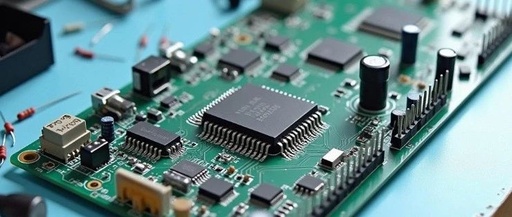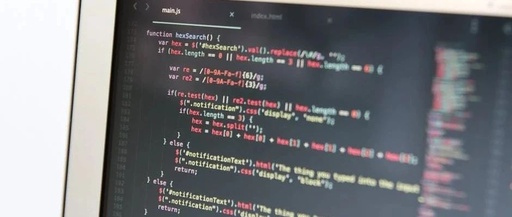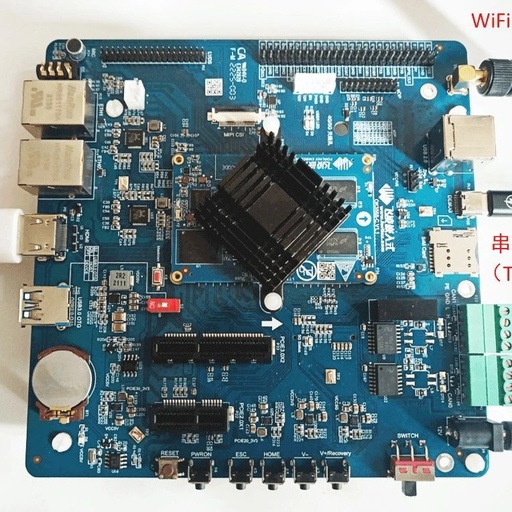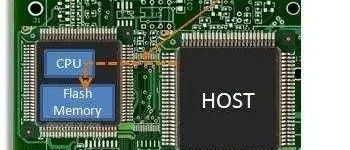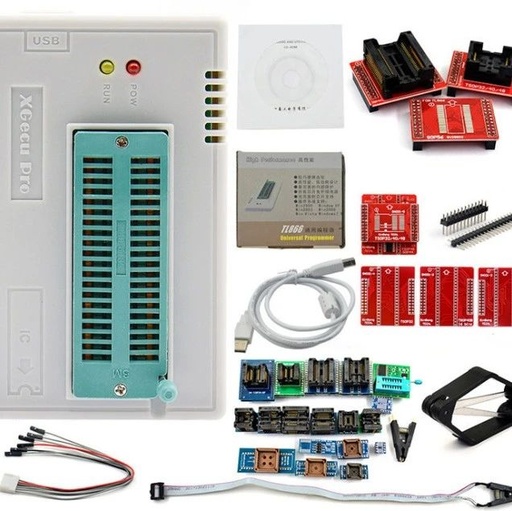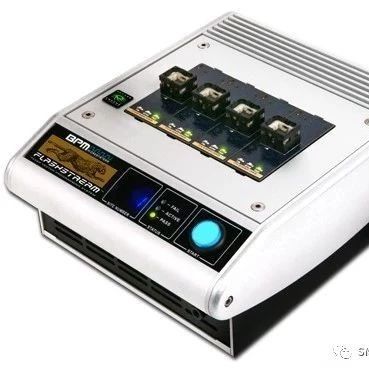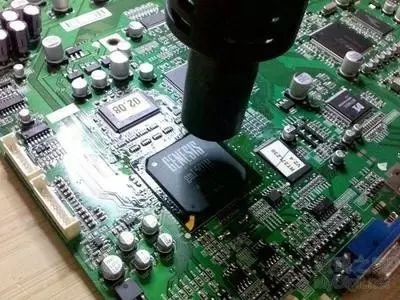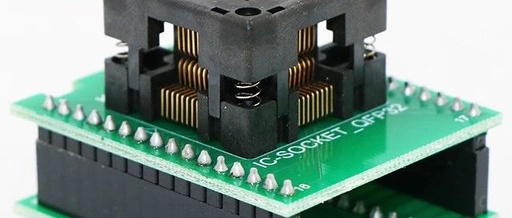Embedded Linux: Thread Synchronization (Read-Write Locks)
Click the blue text above to follow us. In Linux, a Read-Write Lock provides a synchronization mechanism that allows multiple threads to read shared resources concurrently, but only one thread can perform write operations on that resource. Compared to mutexes or spinlocks, read-write locks offer higher concurrency because they have three states: read-locked state, write-locked … Read more
